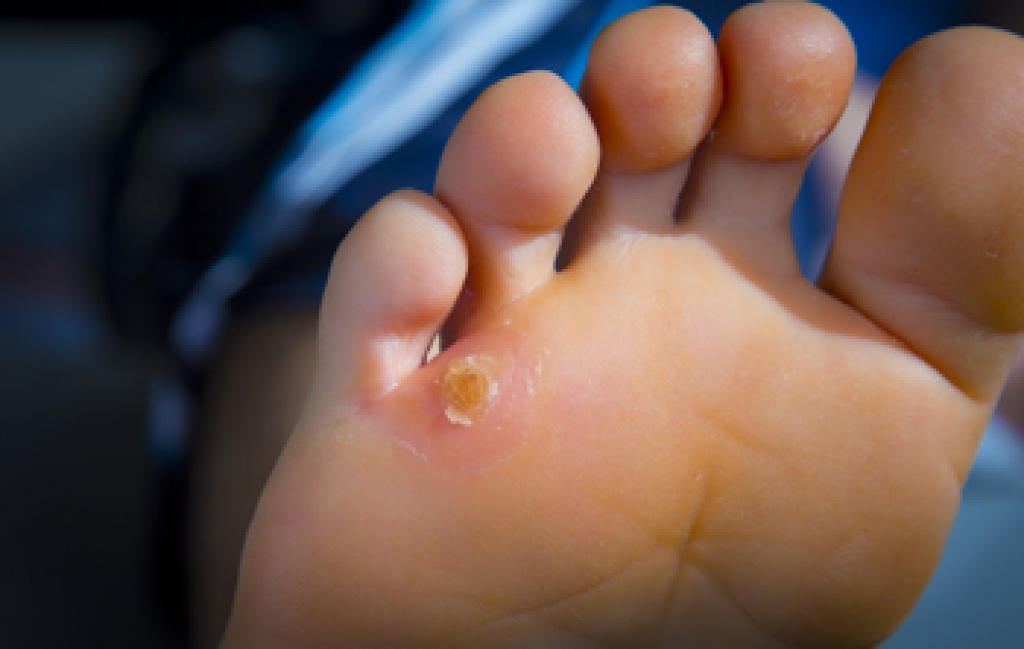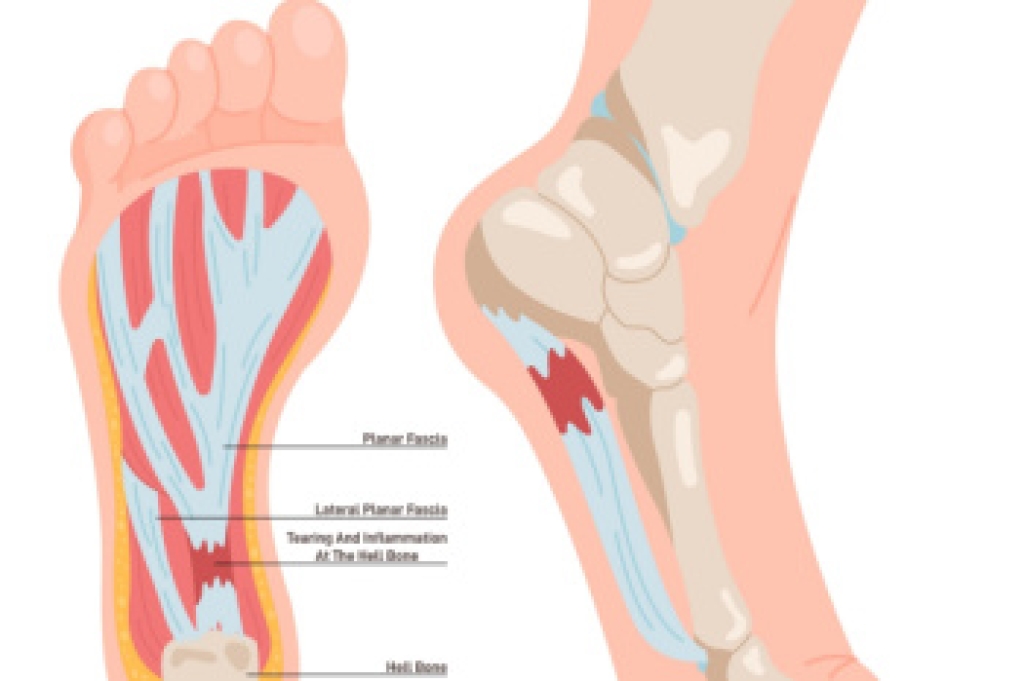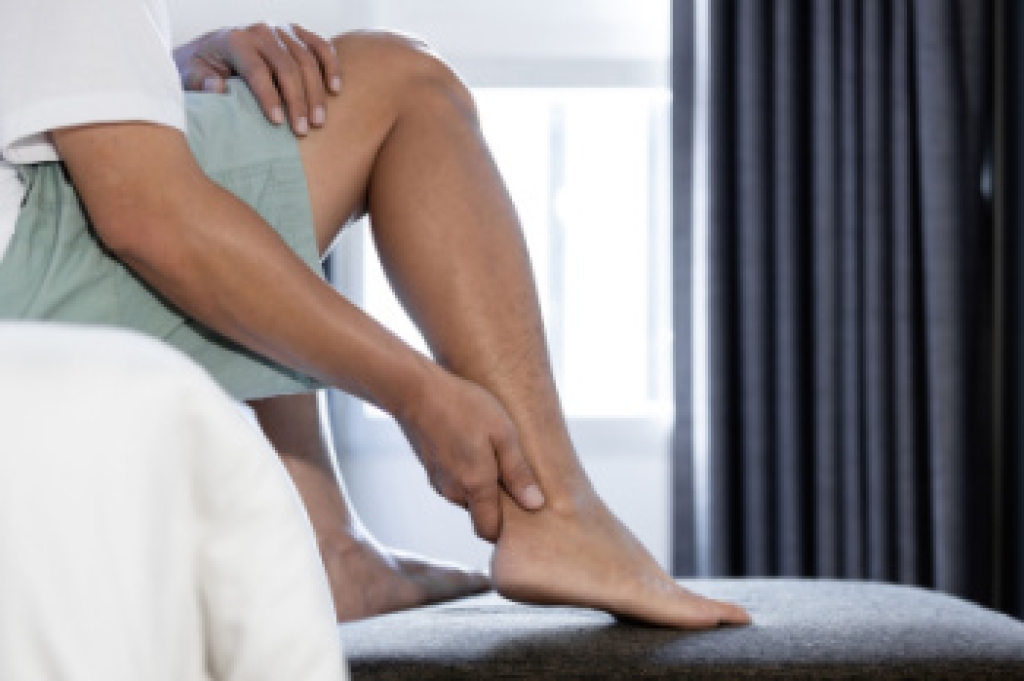
A foot corn is a common foot problem that develops when thickened skin forms in response to repeated pressure or friction. Corns often appear on toes or areas that rub against tight or poorly fitted shoes, leading to pain, tenderness, and irritation. They can become more uncomfortable over time if the pressure continues. Preventing corns starts with choosing comfortable shoes that fit well and do not create the same pressure spots. Soft insoles and protective pads can also reduce friction. A podiatrist can safely remove thickened skin, evaluate the cause of the pressure, and recommend footwear or orthotics to stop corns from returning. If you have ongoing foot discomfort or think you may have developed a corn, it is suggested that you schedule a visit with a podiatrist for expert care and relief.
Corns can make walking very painful and should be treated immediately. If you have questions regarding your feet and ankles, contact one of our podiatrists of New Tampa Foot & Ankle. Our doctors will treat your foot and ankle needs.
Corns: What Are They? And How Do You Get Rid of Them?
Corns are thickened areas on the skin that can become painful. They are caused by excessive pressure and friction on the skin. Corns press into the deeper layers of the skin and are usually round in shape.
Ways to Prevent Corns
There are many ways to get rid of painful corns such as:
- Wearing properly fitting shoes that have been measured by a professional
- Wearing shoes that are not sharply pointed or have high heels
- Wearing only shoes that offer support
Treating Corns
Although most corns slowly disappear when the friction or pressure stops, this isn’t always the case. Consult with your podiatrist to determine the best treatment option for your case of corns.
If you have any questions, please feel free to contact our office located in Wesley Chapel, FL . We offer the newest diagnostic and treatment technologies for all your foot care needs.




